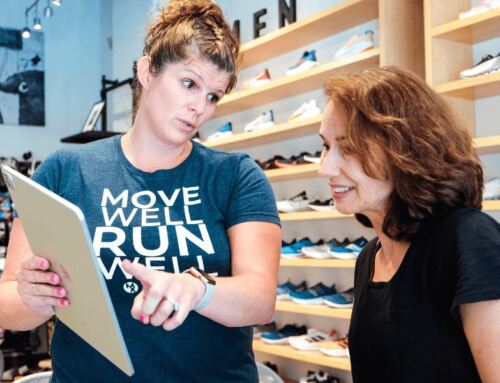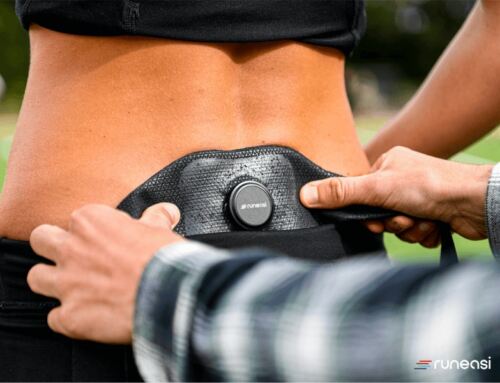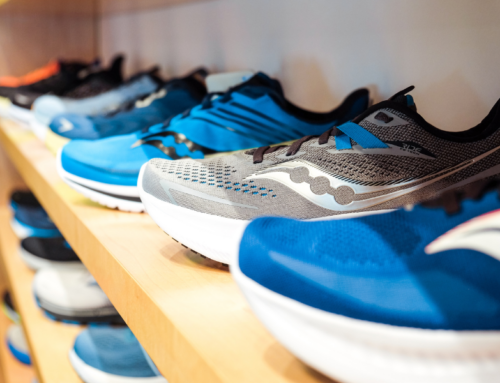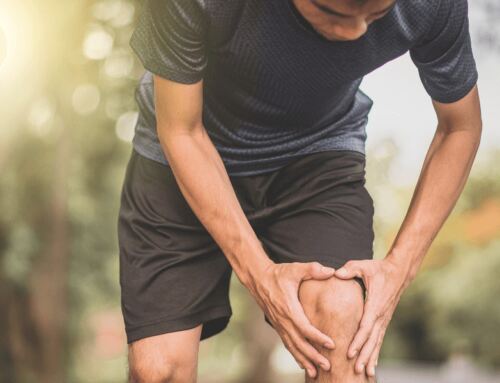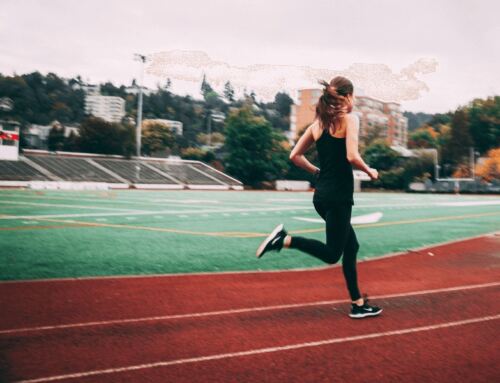3 Tests to See if Zero Drop Running Shoes Are Right for You
Choosing the right running shoes is crucial for any runner, whether you’re a seasoned marathoner or just starting your running journey. One of the key factors to consider is the shoe’s drop, which refers to the height difference between the heel and forefoot.
Zero drop running shoes have gained popularity in recent years due to their purported benefits of promoting a more natural and efficient running stride. However, they may not be suitable for everyone.
When we run, it is crucial to have the ability to move through the ankle and through the forefoot. Since most running shoes have a heel height that is higher than the forefoot, the range of motion that we have through the ankle and the foot is less critical due to the shoes rocker bottom design.
If you are in a lower drop shoe and remove that rocker bottom, but do not have the available range of motion through the ankle and the big toe, the body will find another way to compensate through altered run mechanics that can lead to injury.
In this blog post, we will discuss three tests to help you determine if you can run comfortably in zero drop running shoes.
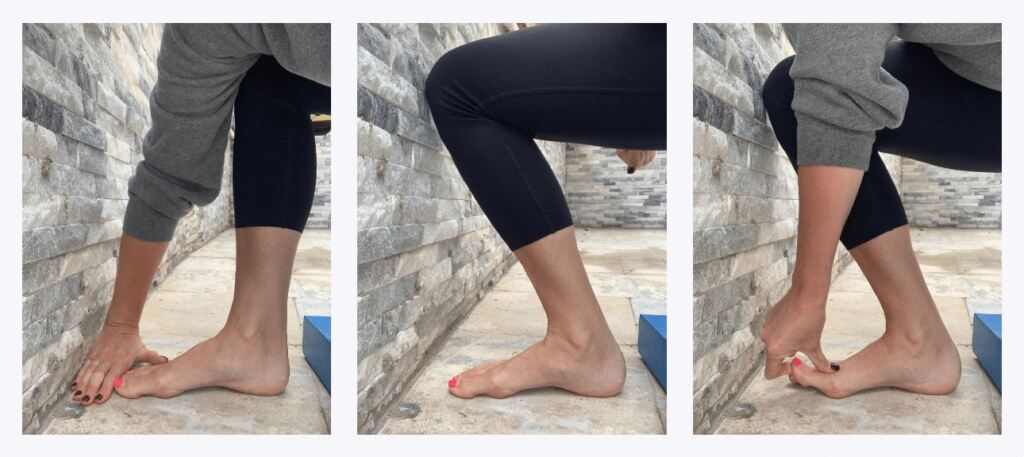
1) Ankle and Great Toe Range of Motion Test
When we are in a zero drop shoe, we want to ensure that we have enough closed chain ankle dorsiflexion and great toe range of motion—about 30 degrees at each joint.
To test this, take a half kneeling position and place your front foot about 4 fingers distance away from a flat wall (no molding on the bottom). Then, keeping your heel on the ground, bring your knee forward to touch the wall. Keeping this position, see if you can pull your big toe up off the ground without rolling your foot to the inside or outside.
If you can achieve this, you have the available range of motion necessary to go into a lower heel drop shoe!
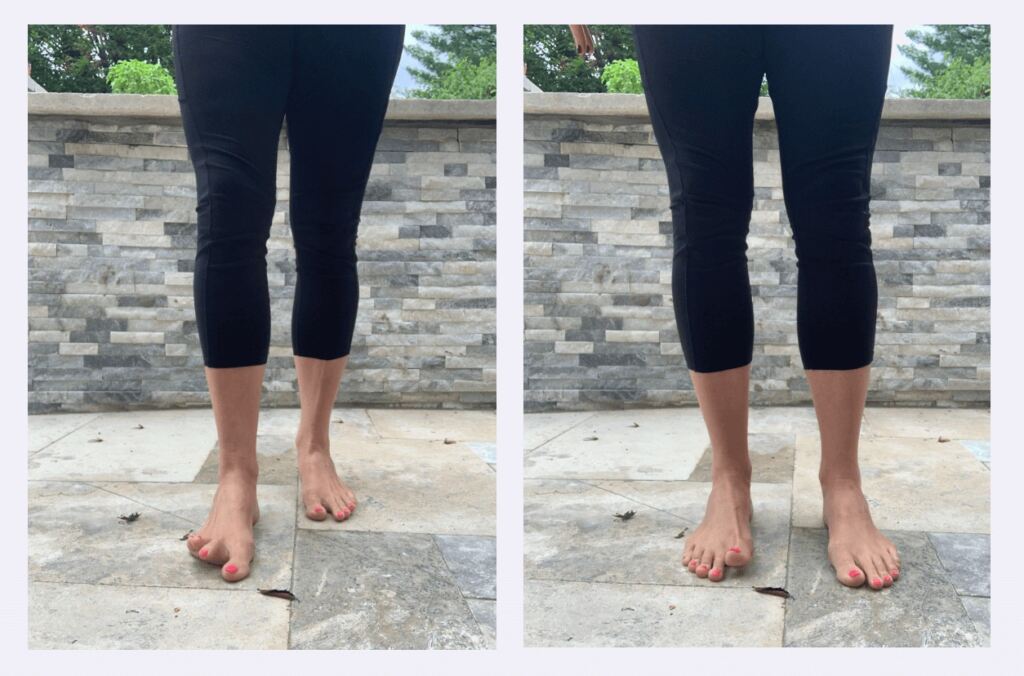
2) Intrinsic Foot Strength Test with Toe Yoga
We should be able to isolate our big toe from our little toes, without moving through the ankle ( i.e using ankle pronation to get the big toe to the ground).
During single leg stance in the midstance phase of our run, 85% of our support and stability comes from our big toe. It’s important that we can isolate the big toe and utilize all the intrinsic muscle of our foot to have a stable mid stance.
To test, sit or stand and with your ankle in a neutral relaxed position, lift your big toe off the ground, keeping all your little toes on the ground. Then, lift your little toes off the ground while keeping your big toe on the ground. You should be able to alternate between these two motions without any movement through your ankle.
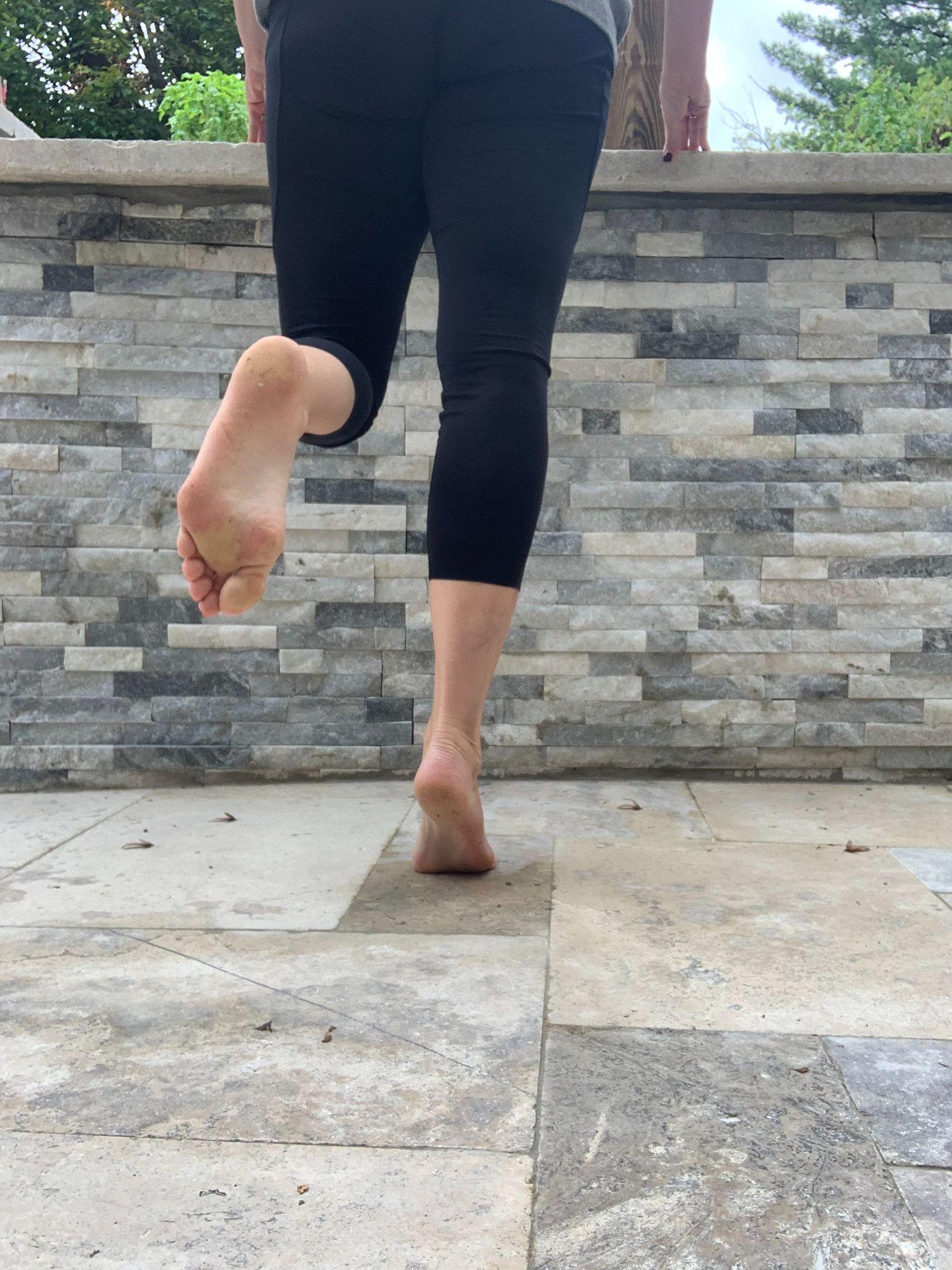
3) Single Leg Calf Strength
One of the most common complaints runners have when they transition to zero drop shoes is soreness in their calves after running. This is due to the fact that the foot now has to lower all the way to the ground instead of having the heel built up 2-13mm off the ground. This requires more eccentric control of the calf muscles.
On average, a runner should be able to perform 25-30 single leg calf raises on each side. Test it out! Are you able to do 25-30 quality calf raises on each leg? Is one side weaker than the other?
Conclusion
Transitioning to zero drop running shoes can be a gradual process, especially if you’re used to running in shoes with a higher heel-to-toe drop. Abruptly switching to zero drop shoes without proper adaptation can lead to discomfort and even injuries. If you are unsure what heel drop is right for you, reach out to your local MovementX Running Specialist. With a Complete Run Analysis or Perfect Shoe Fit, your PT will be able to help you determine the right shoe for you. Zero drop running shoes can be a great choice for some runners, but they are not a one-size-fits-all solution. Your comfort, performance, and injury prevention should always be top priorities when choosing the right running shoes. Happy running!
About the Author
Dr. Meg Pezzino is a physical therapist in Northern Virginia with MovementX. As a Board Certified Specialist in Sports Physical Therapy with over 14 years of experience, she loves helping runners stay healthy, fast, and injury-free. She offers a suite of specialized physical therapy services for runners, including shoe fitting, slow motion gait analysis, and more.




